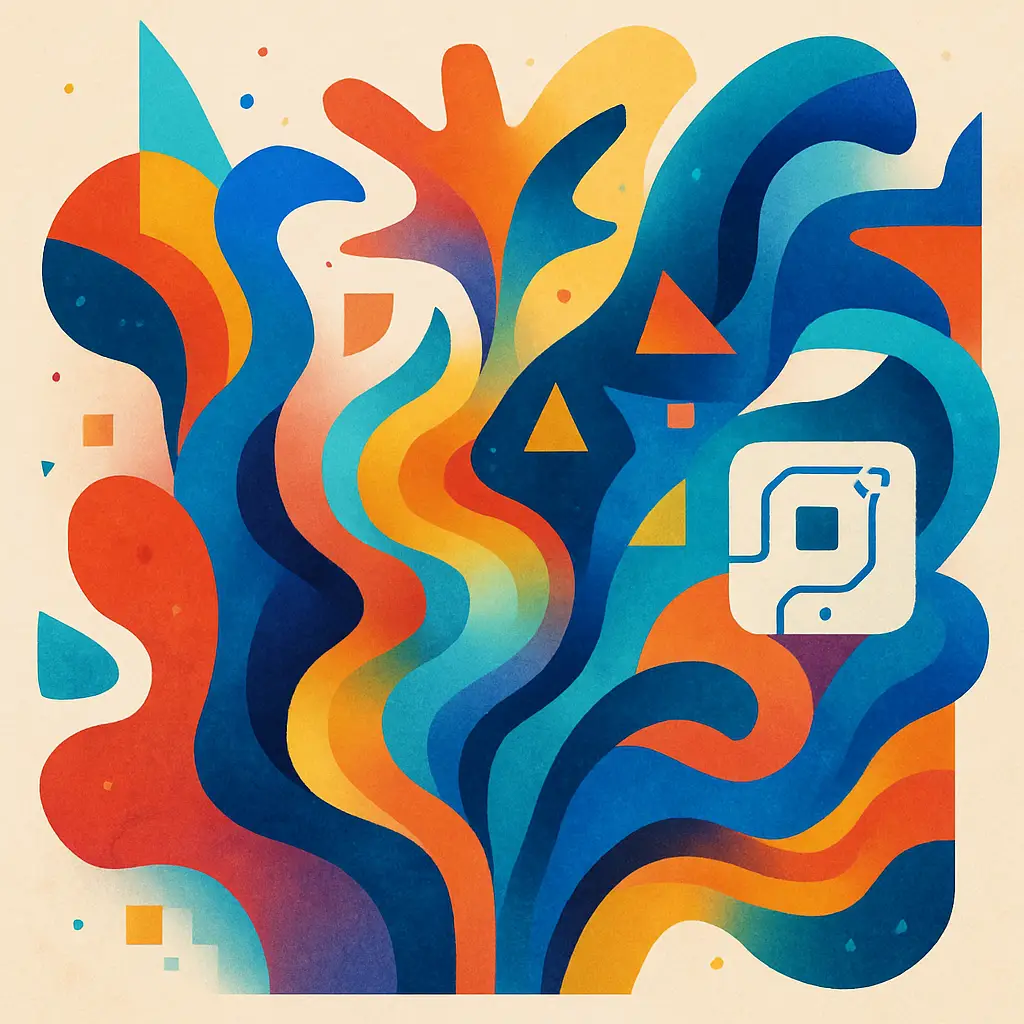Creating stunning AI-generated artwork has never been easier. With remarkable advancements in AI technology, artists and enthusiasts can now generate visuals from simple text prompts. However, the key to achieving the best results lies in how effectively you craft these prompts. In this post, we’ll dive into five essential tips for writing effective text prompts that elevate your AI art creations.
Why Text Prompts Matter
Text prompts are essential in AI art creation because they serve as the backbone of the desired output. A well-structured and descriptive prompt guides the AI in understanding your vision and translating it into a visual masterpiece. When going through the prompt writing process, consider that clarity and detail lead to more accurate and impressive results.

1. Be Specific
When writing prompts, specificity is your best friend. The more detailed your description, the better the AI can interpret and visualize your idea. Here’s how to add specificity:
- Include Style and Mood: Specify the artistic styles you are aiming for, such as "vibrant" or "surrealistic."
- Use Descriptive Adjectives: Instead of saying "a dog," try "a fluffy golden retriever playing in a field of sunflowers."
- Contextual Details: If you want a scene, include actions and settings: "A golden retriever running joyfully through a sunny meadow, flowers in full bloom."
Example:
Instead of:
"A cat."
Try:
"A sleek, black cat lounging on a sunny windowsill surrounded by blooming potted plants."
2. Utilize Keywords and Phrases
Incorporating powerful keywords and phrases enhances the AI's understanding of your prompt. Here are a few tips:
- Focus on Key Elements: Identify the central theme or elements that need to be included in your prompt.
- Incorporate Art Terminology: Words like "gradient," "shadow," "contrast," or specific art movements (e.g., baroque, impressionism) can help guide the aesthetic.
Example:
Instead of:
"A landscape."
Try:
"A serene lakeside landscape at dusk with soft shadows, pastel colors, and a reflection of the sky in the water."
3. Experiment with Different Perspectives
Using varied perspectives can produce exciting and unique results. Here are some techniques:
- First-Person View: "I look up at the towering ancient trees, their leaves whispering in the gentle breeze."
- Third-Person View: "A child stands in awe beneath the towering ancient trees, their leaves whispering in the gentle breeze."
Example:
"A bird’s-eye view of a sprawling cityscape during sunset, with a vibrant sky reflecting on the glass buildings."
4. Keep It Concise and Clear
While detail is important, it’s equally crucial to avoid overwhelming the AI with excessive information. Strive for a balance:
- Use Simple Language: Avoid overly complex words or jargon unless absolutely necessary.
- Focus on Essential Descriptions: Eliminate unnecessary adjectives that don’t serve the overall vision.
Example:
Instead of:
"A large, fluffy dog that is also very playful and has a lot of energy."
Try:
"A playful golden retriever frolicking in a sunny park."
5. Iterate and Refine Your Prompts
Don’t hesitate to modify and improve your prompts based on previous results. Here’s how:
- Review Outputs: Analyze the AI-generated images and identify elements that align or misalign with your vision.
- Revise Prompts: Adjust your prompts by adding or removing details to fine-tune the output based on your feedback.
Example:
Prompt iteration:
- First attempt: "A dragon."
- Revised attempt: "A majestic dragon soaring over a mountain range at sunrise, flames flickering from its nostrils."
Conclusion
Crafting effective text prompts is an art form in itself. By being specific, using powerful keywords, experimenting with perspective, maintaining clarity, and iterating your prompts, you can significantly enhance the quality of the AI-generated imagery. Embrace your creativity and let the AI interpret your visions into breathtaking visuals.
Are you ready to see your ideas come to life? Start creating stunning AI images with ease. Try RestyleAI to get your unique artwork today!
